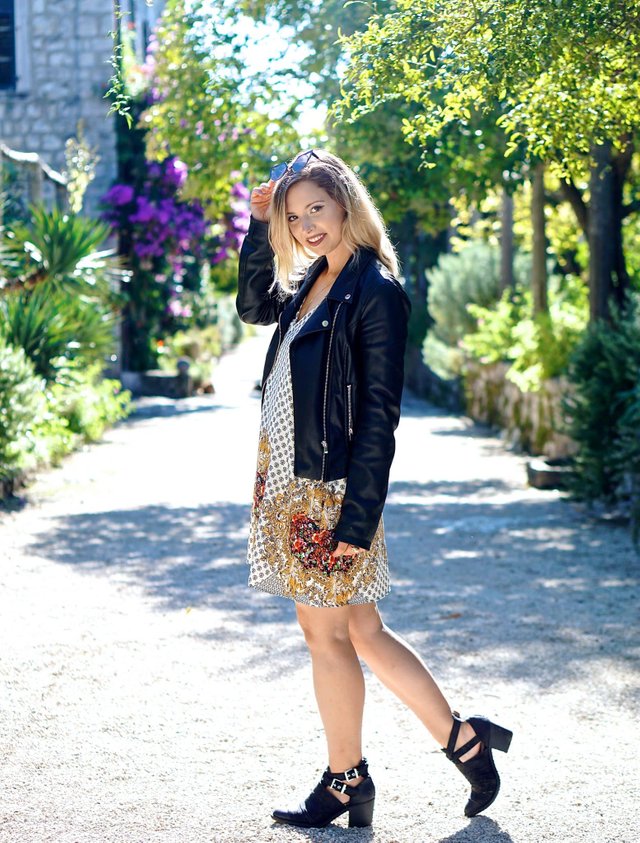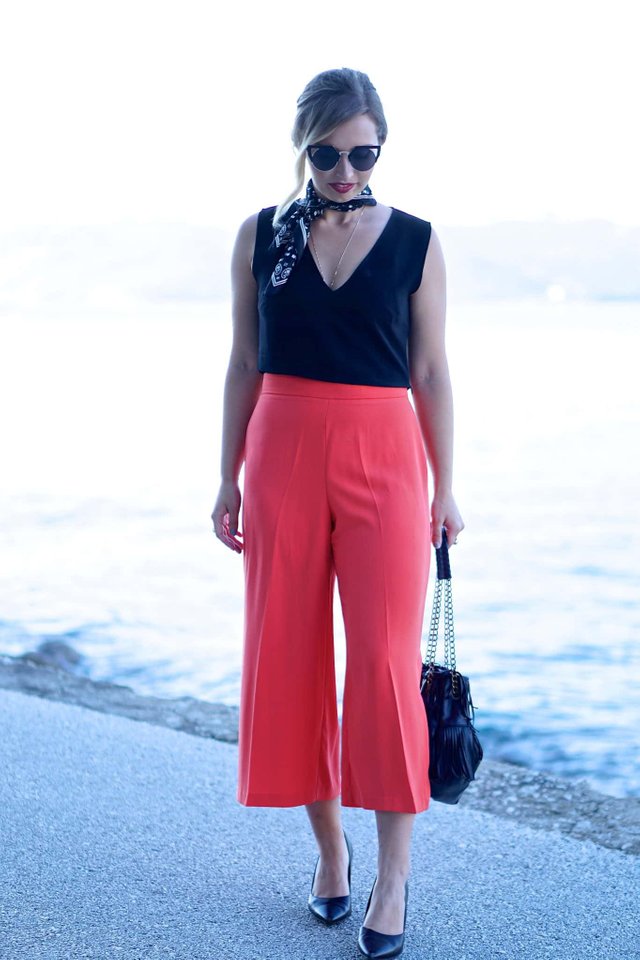
I used to be the girl with “nothing to wear” and an overflowing closet with cheap clothes. After burning through dozens of Forever 21 blouses and shoes with a 3-month lifespan, I realized that my purchasing patterns were not only hurting my wallet. I made the connection that my shopping habits supported a vicious, unsustainable industry.
Luckily, we’re starting to see a paradigm shift coming straight from Stella McCartney runway to H&M’s conscious collection. Never has there been more ethical and eco-conscious brands popping up around the world with a mission to change the industry.
But seeing the expensive price tag on those “sustainable artisan made organic cork fiber sandals” makes the sustainable fashion movement seem extremely elitist. However, there are several simple steps you can take towards a greener wardrobe without even buying anything new.
• Take better care of the clothes you have

First and foremost, I agree with your mom that you need to clean your room. How do you expect your clothes to last you if you keep throwing them on the floor and leaving them wet in your laundry basket? I think it’s pretty human of us all to like the feeling of putting something on that feels “new”. However, if you take better care of something you bought a year ago, it can still feel good as new!
You’d be surprised if you take the time to hang up, fold, and/or iron your clothes, because it can bring old items back to life. You’ll get more use out of your closet the better you take care of it.
I personally keep my closet tidy and organized, and it expands the lifespan of my clothes significantly. I also hang-dry all my clothes to insure they don’t shrink (and also cut down on my carbon footprint). Additionally, I take old clothes with broken buttons, zippers, rips, etc. to the tailor instead of buying something new.
• Make your closet reflects your lifestyle

Of course, style is a great way to reflect your personality, but in order for it to be truly sustainable, it needs to be functional. It’s important to look for pieces that fit into your lifestyle, whether that’s business casual or a lot of yoga pants and t-shirts. I would give yourself a little closet cleanse and donate and/or sell anything you haven’t worn in the past year.
I used to buy a ton of “going out” clothes earlier in college, but didn’t have enough things that I felt comfortable going to class and work in. Slowly over about two years, I started picking pieces that I could wear to class, work, and out in Chicago (for example, a midi dress and leather jacket). I like to be somewhat dressed up, but always comfortable, since I’m traveling, exploring, or walking a lot. I realized comfortable shoes are key.
• Look for versatile, quality pieces that you 100% love

Before buying anything, you should always shop in your own closet first. However, if there’s something you really need, like a new winter coat or shoes, look for something versatile and quality that you truly love. Minimalism is key here, and you want to look for pieces that fit into your lifestyle that you know you will wear at least once a week.
Since I’m traveling and moving around a lot, I recently downsized my closet by about 50 percent. Even though I have less, I love everything that I have, instead of feeling “meh” about everything. It’s much easier for me to decide what to wear with pieces that are more versatile. I wear a lot of black, white, gray, and blue. I try to aim to get at least #30wears out of everything I own.
• Opt for second hand or vintage clothing

There’s no better feeling than finding a unique steal for a fraction of the original cost. Buying second-hand and vintage clothing is sustainable because you’re reusing and expanding their lifespans. There seems to be a stigma around used clothing being dirty and old, but that is not true. You can find anything new with tags to an old vintage leather jacket.
I was lucky enough to live in Chicago and Minneapolis where there’s a ton of second-hand stores like Crossroads and Buffalo Exchange. There’s also numerous options on Ebay and even Amazon. I’m also a huge fan of Poshmark. You can even find several vintage items on Nasty Gal vintage and ASOS eco edit. I’ve even found great vintage finds at Good Will.
• Support ethical and sustainable brands

Your purchasing power is powerful. Supporting brands with a responsible track record of directly empowering local economies and/or reducing resource consumption can go a long way. Some brands like People Tree and Alternative Apparel are great for basics, while Reformation is great for that one splurge piece you know you’ll wear forever. Though many people don’t think it’s extensive enough, I do think H&M conscious collection is making strides by reusing textiles and using organic cotton. Even Zara is taking strides with a commitment to using more sustainable textiles.
I for one know that I can still do a lot much more with making my style more sustainable. I would like to support brands with a stronger sustainable commitment and buying more vintage pieces looking forward. However, I believe that “perfect is the enemy of the good”and that everyone doing a little is better than everyone doing nothing. Small steps in the right direction can go a long way.
You look so pretty, where did you buy the leather jacket? Can you recommend something?
Downvoting a post can decrease pending rewards and make it less visible. Common reasons:
Submit